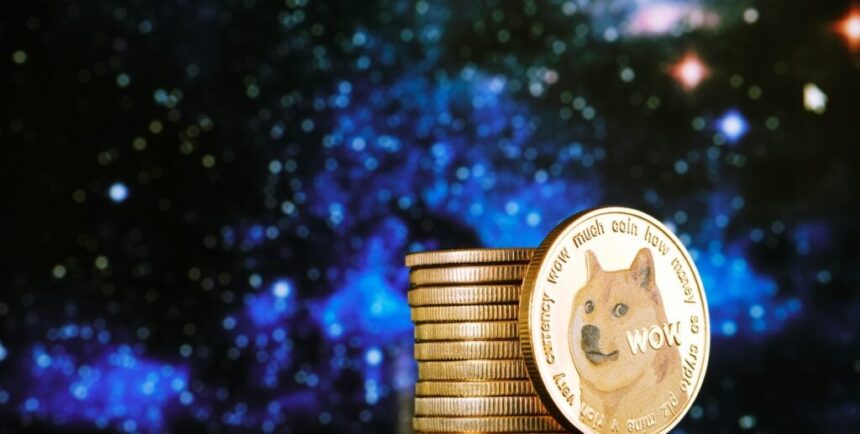Remember NFTs? Remember how the crypto boom of late 2021 had investors scratching their heads? Well, apparently, most of those digital assets are now worth next to nothing.
A groundbreaking report by dappGambl found that most NFT (non-fungible token) collections are worthless. dappGambl analyzed 73,257 NFT collections and found that, shockingly, 69,795 of them had a value of 0 Ether (Ethereum). Some 23 million people worldwide, with some reportedly losing their life savings, now own worthless NFTs.
How could investors have got it so wrong with the hot crypto trend, and what were some of the mistakes that led to the implosion of the NFT market?
The NFT Market Became Quickly Oversaturated
The hype over NFTs was built around the idea of digital scarcity. In a sense, NFT investing is modeled on the fine art market.
The value of a particular artist or artwork can change over time, and owning the original is much more valuable than owning copies. A simple example would be a Picasso painting. Sure, you can buy good-quality, original-sized prints, but it’s not the same as owning the real thing, which could be worth millions, even if it’s just an early sketch and was worth nothing a century ago.
It should be the same with digital art—except that it isn’t. Or not anymore, as things currently stand.
To use a crude analogy, there aren’t that many Picassos among NFT producers. Or, imagine that there suddenly are thousands and thousands of Picassos out there, all producing very similar stuff, a lot of it low-quality.
While the idea of Nyan Cat crypto art was funny and novel, thus selling for $590,000 at auction, numerous subsequent copycats (excuse the pun) oversaturated the market, diluting the value of NFTs. People quickly lost interest in repetitive NFT collections lacking the unique element that was appealing at first.
The dappGambl report puts it bluntly: ‘’Projects that lack clear use cases, compelling narratives, or genuine artistic value are finding it increasingly difficult to attract attention and sales.’’ The value of NFTs rested on the idea of ownership, but only 21% of NFT collections have found full ownership, according to the research. And if no one is interested in owning something, its value plummets.
A lot of NFTs tried to compensate for the lack of originality and artistic value with the promise of future added value. Many claimed that the tokens they were selling would eventually become part of an innovative new video game or metaverse. Needless to say, these promises never materialized, leaving investors with NFTs that had no real value.
Copyright Laws Are Essentially Unenforceable in the NFT Space
Another big mistake investors made was taking all of the claims about the ownership of NFTs in good faith.
The fundamental problem with digital-only products such as NFTs is that it’s basically impossible to ensure the copyright remains intact. Hacking, plagiarism, and piracy are rife in the NFT world. And what happens if you buy ownership of a work that’s been stolen from someone else? You’ve guessed it: It’s worthless.
Theoretically, artwork creators/NFT sellers can protect owner-investors by ensuring the work they are selling comes with a copyright license. In practice, very few do this, creating endless problems for investors who can’t be certain that they’ve invested in the genuine article—or even that they actually hold the rights to what they’ve bought.
NFT Valuations Are Often Overinflated and Always Speculative
If there’s just one thing that all investors should know about NFTs: It is ‘’a highly speculative and volatile market,’’ per the report.
Any projected value of the investment is based entirely on predictions and, all too often, wishful thinking. There is no solid ROI maturation plan because there is no basis in precedent. There are only subjective hopes about the future.
Take virtual real estate as an example. It seems to operate according to the same rules as real estate in the physical world. You buy virtual land or a virtual property. It’s yours. You get to do what you want with it and then hold on to it or sell it later.
Furthermore, just like real neighborhoods, some virtual neighborhoods are more desirable than others. Someone reportedly paid $450,000 to be Snoop Dogg’s neighbor on the metaverse platform Sandbox. You might choose to use this newly purchased virtual real estate as a virtual meeting space, gallery, or as a virtual reality gaming experience. You and others can explore this world as digital avatars. So far, so good.
Except, where you buy real estate is locked to the platform you use to buy it, and if the platform loses interest, as was the case with Decentraland, then your property’s value is effectively gone. That’s just one of the drawbacks. The elephant in the room is that the real estate you hold isn’t based in reality, and it’s just hard to logically conclude that it’s a good idea to spend any considerable amount of money on it.
As Mark Stapp, professor and director for real estate theory and practice at Arizona State University, told CNBC in early 2022: ‘‘I would not put money into this that I didn’t care about losing. If it continues the way it’s going, it is most likely going to be a bubble. You’re buying something that isn’t tied to reality.”
Could crypto have another boom? Maybe. But it seems like most investors have wisened up to its sheer lack of intrinsic value.
Ready to succeed in real estate investing? Create a free BiggerPockets account to learn about investment strategies; ask questions and get answers from our community of +2 million members; connect with investor-friendly agents; and so much more.
Note By BiggerPockets: These are opinions written by the author and do not necessarily represent the opinions of BiggerPockets.








